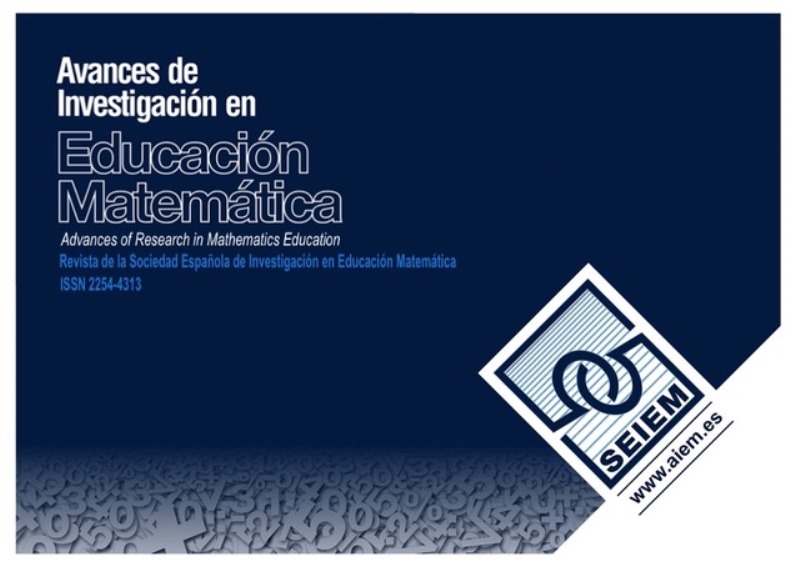Problem solving in textbooks
an instrument for analysis
DOI:
https://doi.org/10.35763/aiem.v1i8.122Keywords:
Problem solving, mathematics textbooks, instrument for analysisAbstract
This article shows an instrument to analysethe role of problem solving in textbooks. We begin with the description of the role given to the textbooks in the teaching and learning of mathematics, then move on to show some research on textbooks from mathematics education, including those carried outin our group. We show examples of the mentioned research about how the instrument for analysis allows us to analyse the different kinds of problems that appear in textbooks.
Downloads
Downloads
Published
How to Cite
Issue
Section
License
The articles published in this journal are under a license Creative Commons: By 4.0 España from number 21 (2022).
Authors who publish with this journal agree to the following terms:
- Authors retain copyright and keep the acknowledgement of authorship.
- The texts published in this journal are – unless indicated otherwise – covered by the Creative Commons Attribution 4.0 international licence. You may copy, distribute, transmit and adapt the work, provided you attribute it (authorship, journal name, publisher) in the manner specified by the author(s) or licensor(s). The full text of the licence can be consulted here: http://creativecommons.org/licenses/by-nc/4.0.
- Authors are able to enter into separate, additional contractual arrangements for the non-exclusive distribution of the journal's published version of the work (e.g., post it to an institutional repository or publish it in a book), with an acknowledgement of its initial publication in this journal.
- Authors are permitted and encouraged to post their work online (e.g., in institutional repositories or on their website) prior to and during the submission process, as it can lead to productive exchanges, as well as earlier and greater citation of published work (See The Effect of Open Access).









